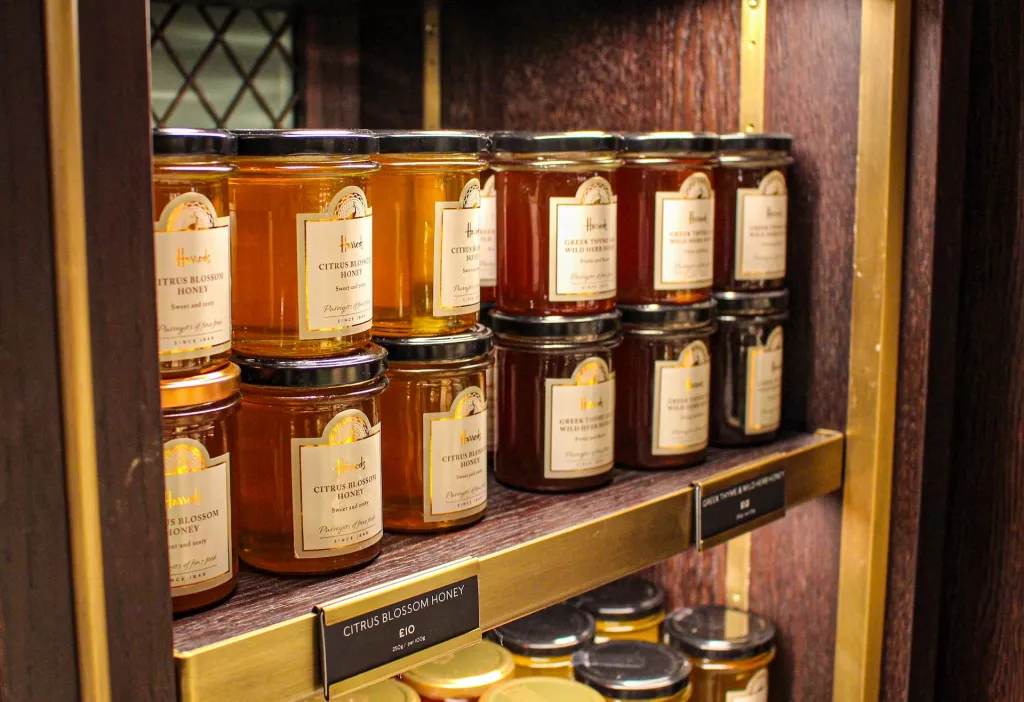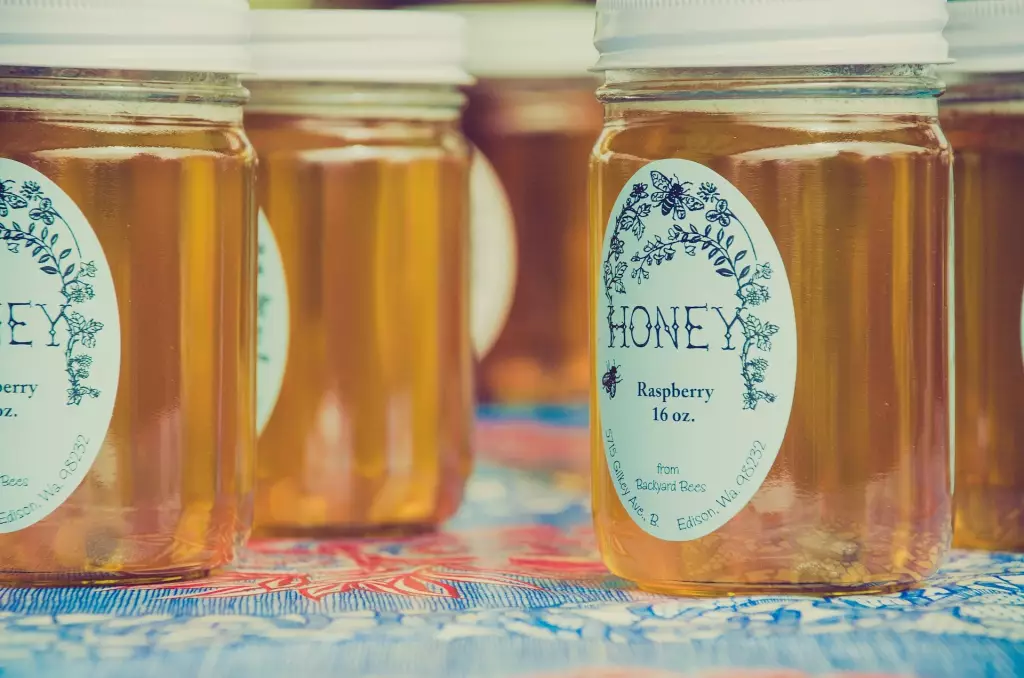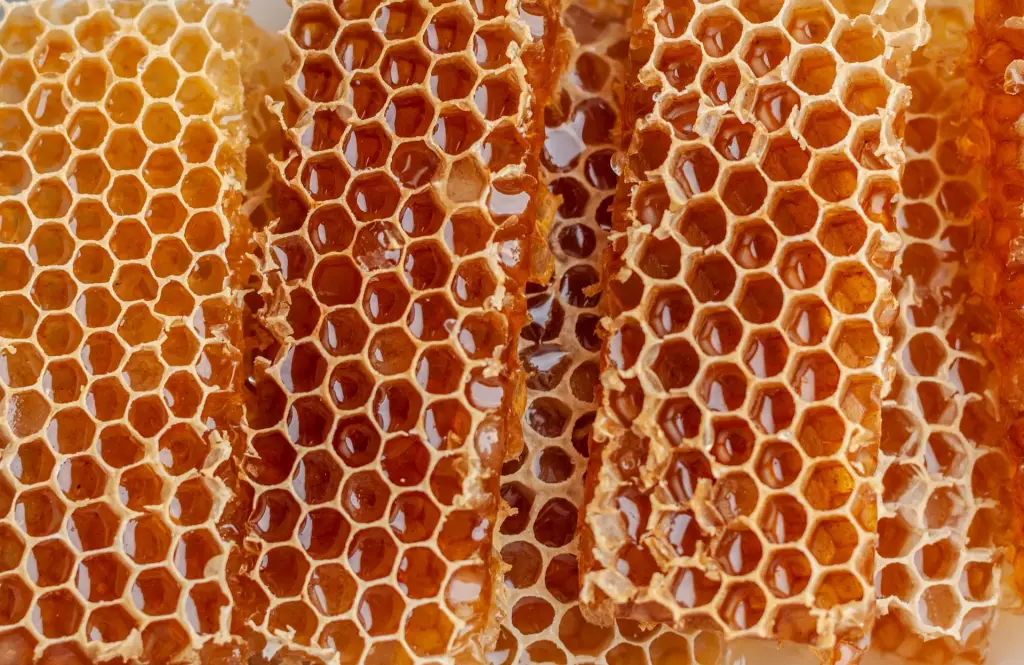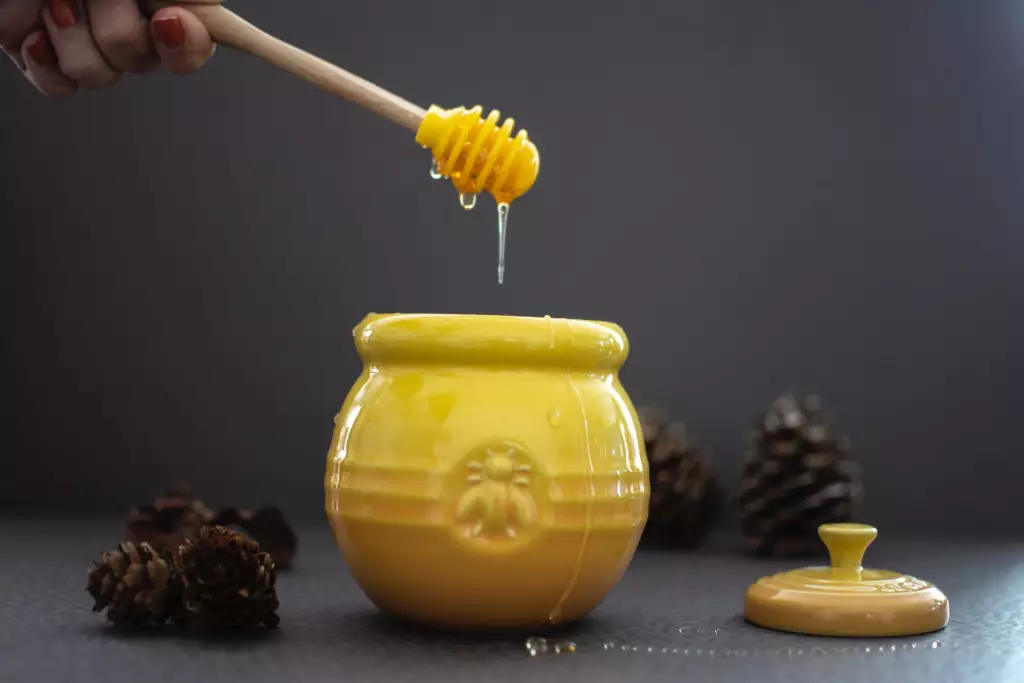How To Correctly Label Honey Jars - What to Avoid
Like any food product sold on the market, you need to label honey jars correctly. Beekeepers and honey producers need to make sure that the labels are authentic, correct, and give valuable information, so people can trust them. Here’s how to correctly label honey jars and what to avoid when labeling.
Include the following information when making your honey jar labels:
- The product name and ingredients
- Net quantity
- Lot number and the best before date
- Storage conditions
- Country of origin
- Contact information of the producer
Health claims such as "aids digestion" or "soothes sore throat" should be avoided on the label.
The law requires you to put a label on honey jars if you are selling them. Before you sell honey, you have regulatory requirements to follow when labeling. Having a label will be beneficial not only for you but also for your customers. It is also a sign of respect to the bees and the beekeeper when you label honey jars correctly. If you want to sell for top dollar, your label should be premium, too.
Summary
- If you added flavoring to the honey, list it in the ingredients.
- Honey never spoils, but it's advised to put a "Use By" date on the label.
- Before you label your honey as organic, you first have to talk to your certifying agent regarding the requirements.
- A nutrition label is required, especially if your product is filtered honey.
- Do not let infants with ages 12 months and below to ingest honey, or you risk them getting infant botulism.

On this page:
What Information Needs To Be On A Honey Label?
The product name
“Honey” should be prominently displayed on the label. You can simply put “Honey” in a large and easy-to-read font on the front panel of the label if your product is either one of the following: blossom honey, nectar honey, honeydew honey, drained honey, extracted honey, or pressed honey.

Ingredients
Since honey is a single-ingredient food, you may or may not put its ingredient, honey, on the label. However, if you add some flavoring to it, you must list it on the label.
According to the Honey Regulations 2015, filtered honey and baker’s honey should be labeled properly for you to be able to trade them. And you must not provide the floral and geographical origin of these two types of honey. Note also that baker’s honey should have an “intended for cooking only” label in proximity to the product name.
Net quantity
The net quantity should also be on the label. You measure honey by weight, i.e., both ounces and grams (metric), and not by volume. Exclude the packaging when measuring the honey.
Include the weight in the lower third portion of your front label panel (e.g., Net Wt. 12 oz. (340 g)). Use the government conversion factor, where one ounce (oz.) equals 28.349 grams, or one pound (lb.) equals 453.592 grams.
Date of minimum durability
A date of minimum durability, i.e., Best Before or Use By date, should be on the honey label. Honey never expires, so you don’t have to put an expiry date on it. However, it’s still a natural product that undergoes changes over time.
You can put a “best before” or “use by” date, which is usually after 2 to 5 years of shelf life, according to beekeeper associations. You can still consume the honey even after that date, but if you don’t like it to be darker or thicker and grainier, it's best to consume it before that date.
Lot number
The lot number or lot marking on your honey label is a code used for tracing the honey to its batch. You should be able to identify each product so that you can easily trace the batch in case there is a recall.
Storage conditions
Storage conditions should also be on your honey label. The conditions must state that honey should always be stored at room temperature in a tightly sealed container away from direct sunlight.
It’s not recommended to refrigerate honey or expose it to a lower temperature since it will absorb moisture and crystallize faster.

Country of origin
Put the country of origin on the label. This is the place where the honey was harvested. For example, “Origin: USA,” or “Product of the USA,” etc.
If the honey originates from more than one country, you may replace the country of origin with one of the following statements as appropriate:
- “Blend of EU honeys”
- “Blend of non-EU honeys”
- “Blend of EU and non-EU honeys”
Contact information
Also include the contact information of the producer, packer, or distributor on the label, especially the name and the address.
In some states, you can also put a phone number and an email address.
Make sure that everything on the label is clear and legible.
What to avoid on the label
Since no honey producers have currently met the legal requirements to include health claims on honey labels, you should avoid making claims such as “aids digestion” or “soothes sore throat”. There is no scientific evidence that honey’s antibacterial properties are effective for medicinal purposes.
Can I Label My Honey As Organic?
Be careful when making claims. You can label your honey as organic only if you meet a set of requirements. Using the words “natural” or “organic” on your honey label without official certification can get you into legal trouble. Talk to your local certifier for more details.
Organic honey is made without using chemical miticides or synthetic pesticides to treat the bees. It is produced from the pollen of plants that are naturally grown.
Conversely, there is also a claim about natural honey or honey that does not have added colors or artificial flavors. There’s no standard for this type of claim, but natural honey is probably processed to remove pollen and reduce its antioxidant properties.

The safe terms you can use are “pure" and "raw” if your honey is pure and raw, and nothing but honey is the content.
Pure honey is one that’s not mixed with water, sweeteners, oils, or other additives, and is usually heated for pasteurization. Contrastingly, raw honey is pure honey except it is not pasteurized. Raw honey is just strained before it’s bottled, and it’s ready to go as it is.
Aside from natural, organic, pure, and raw, the following are also additional claims that you can put on your honey jar label.
- Pasteurized: is honey that’s treated in a registered pasteurizing plant by being heated at 72 °C or more to kill sugar-tolerant yeast and to reduce crystallization.
- Unfiltered: is honey that has not been filtered, so it contains more pollen, wax bits, and other types of bee residue, which makes it look cloudy.
Does Raw Honey Have To Be Labeled?
Raw honey means the honey is in its raw state, usually contains pollen, honeycomb bits, and other bee residues, and is not pasteurized. You can label it specifically as “Raw Honey” to differentiate it from the other types of honey, such as pure, organic, or unfiltered.
If you have special varieties of honey, you may consider using the following appropriate product names for your honey jar label: This list is from the Honey Regulations 2015.
According to the process:
- drained honey, which is obtained by draining decapped combs
- extracted honey, which is obtained by centrifuging honeycombs
- pressed honey, which is obtained by pressing honeycombs
- baker’s honey, which is suitable for industrial use or as an ingredient in other foodstuffs; has very low quality; honey that has been overheated when it was extracted
- filtered honey, which goes through a process of heating and cooling to remove pollen
According to style:
- comb honey, which the bees store in hexagonal-shaped beeswax cells or honeycomb
- chunk honey and cut comb in honey, which contains one or more pieces of comb honey

According to the botanical source:
- honeydew honey, which is made from honeydew excretions of plant-sucking insects
- blossom honey or nectar honey, which is made from the nectar of plants
- fir or forest honey
- clover, orange blossoms, and many other floral sources
According to a geographic or topological source:
- ‘Mexican Honey' must come from Mexico
- 'Essex Honey' must come from within the county of Essex
- Many others depending on the region or territory
However, if you decide to name your honey based on the lists above, it is advised that you know the true nectar source of the honey. Keeping the label authentic will make people trust you and the honey you’re selling.
Does Honey Require A Nutrition Label?
In most states, it’s not required to include a nutrition label on honey. However, since consumers look for it on food items, it is advised to put a nutrition label on honey. The FDA has issued guidance on the nutrition facts for honey. You can download the document from their website.
As with filtered honey, you will need to include a nutrition label that displays energy, fat, saturates, carbohydrates, sugars, protein, and salt.

Why Is There A Warning Label On Honey?
There is this voluntary code of practice that supports to include a warning label on all honey sold on the market. The warning states that honey is unsuitable for children under 12 months of age. Due to the risk of infant botulism, you should not let infants ingest honey. Honey has toxins called Clostridium botulinum spores that attack the body's nerves and cause difficulty breathing.
It is highly recommended to put a warning label on your honey jars, although this is not a statutory requirement.